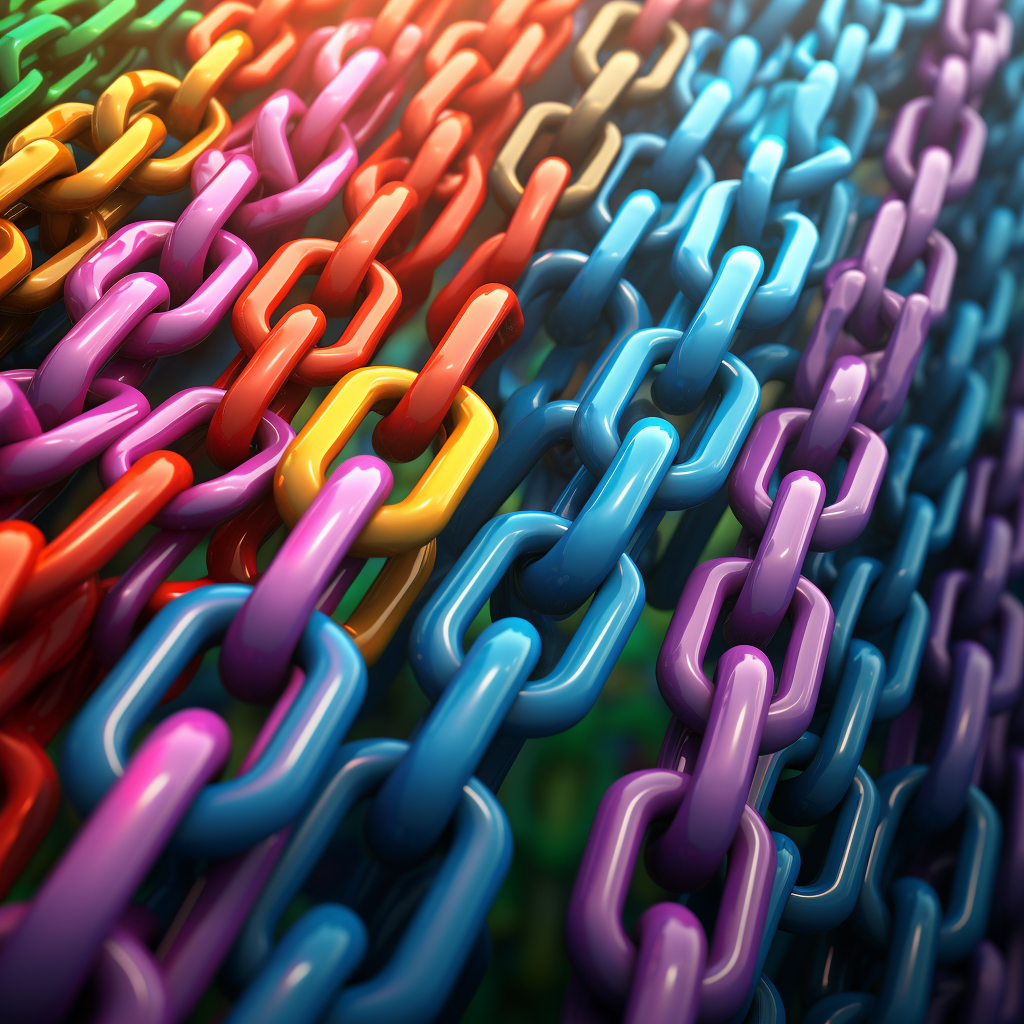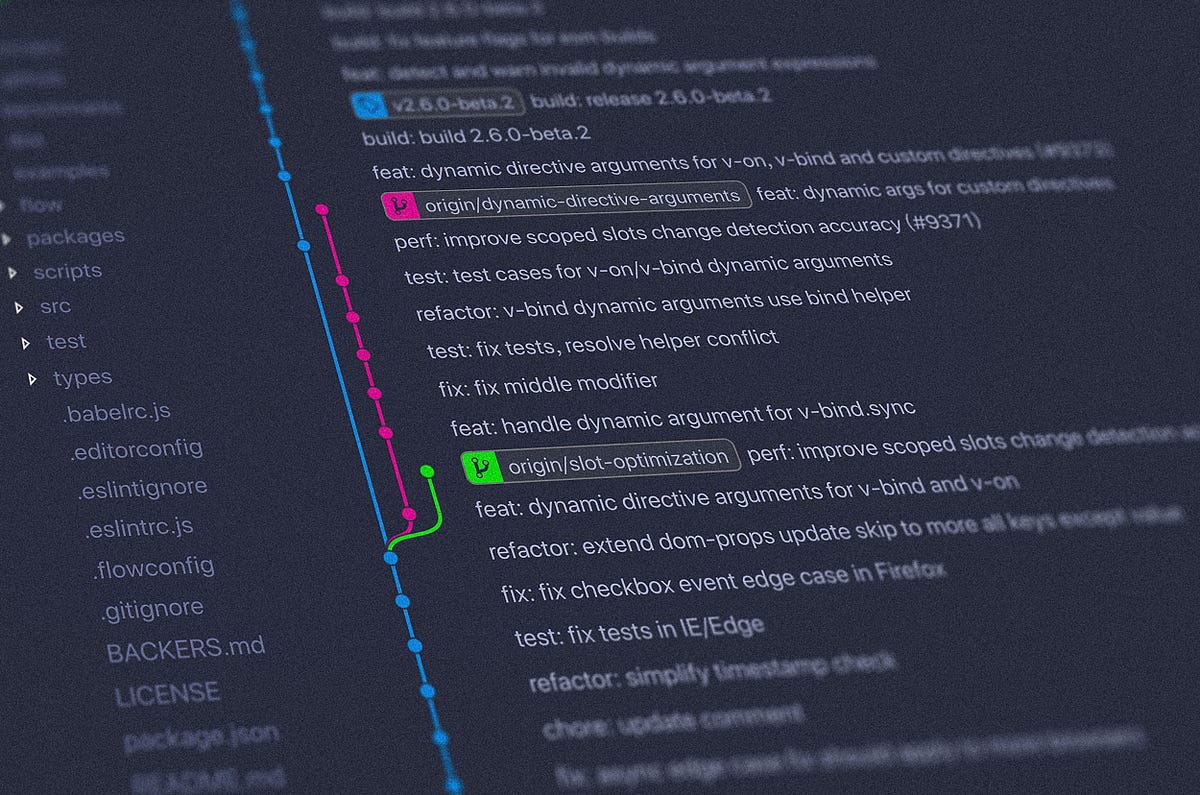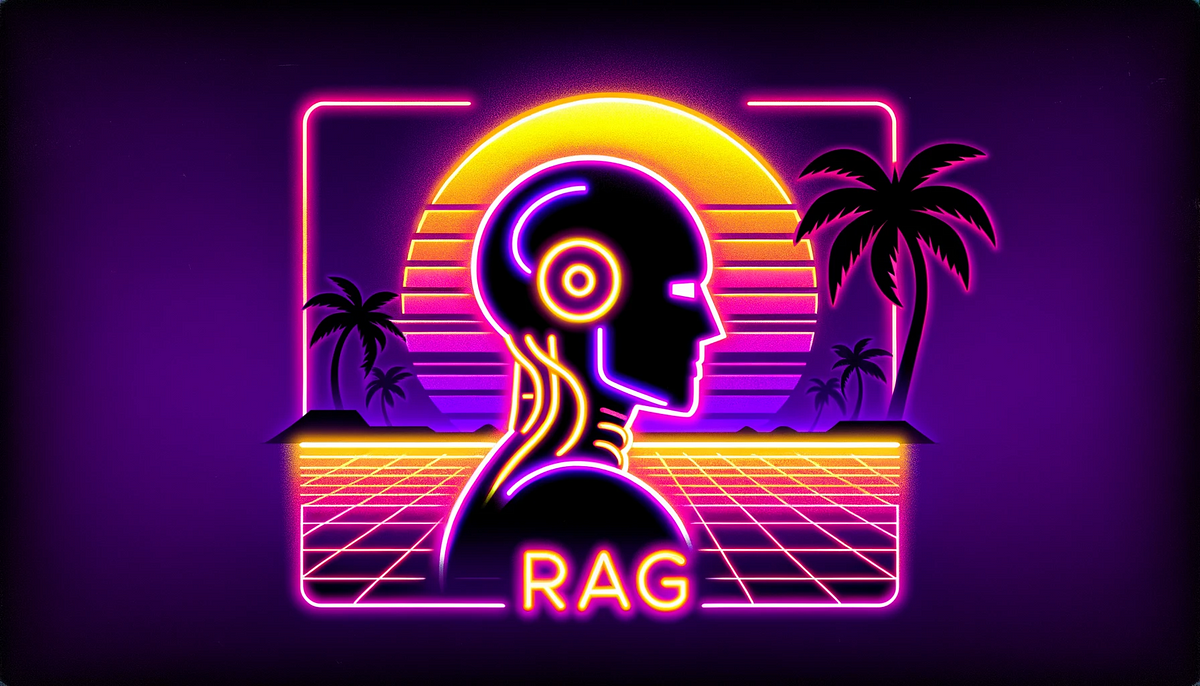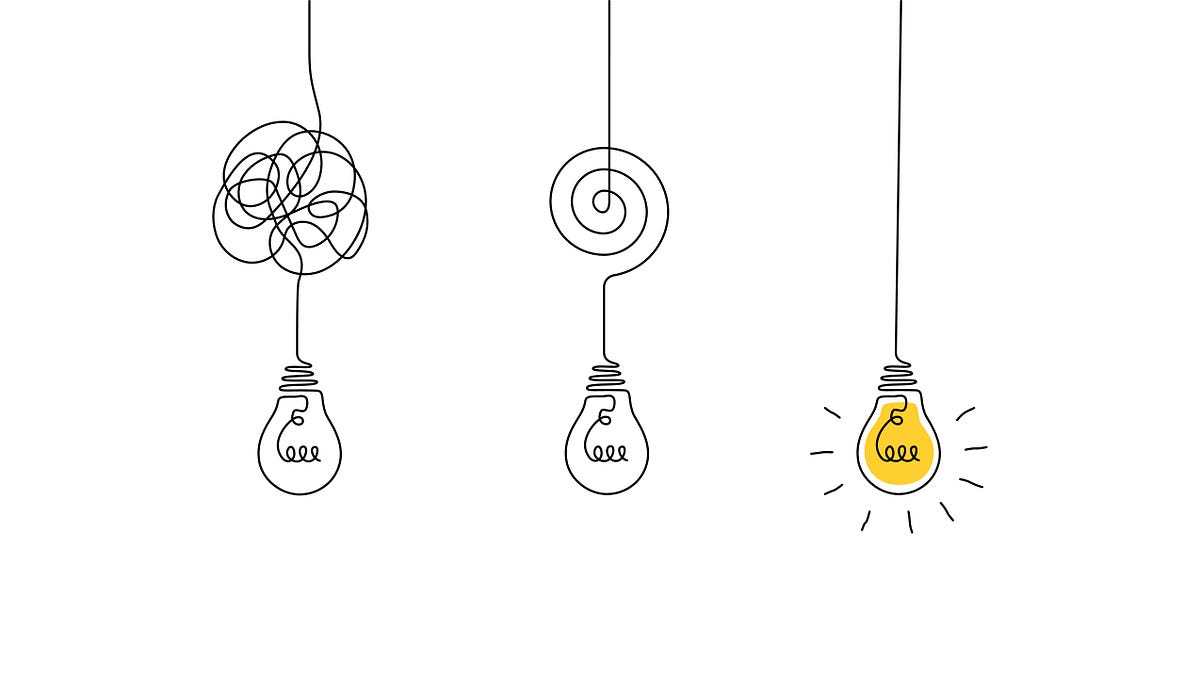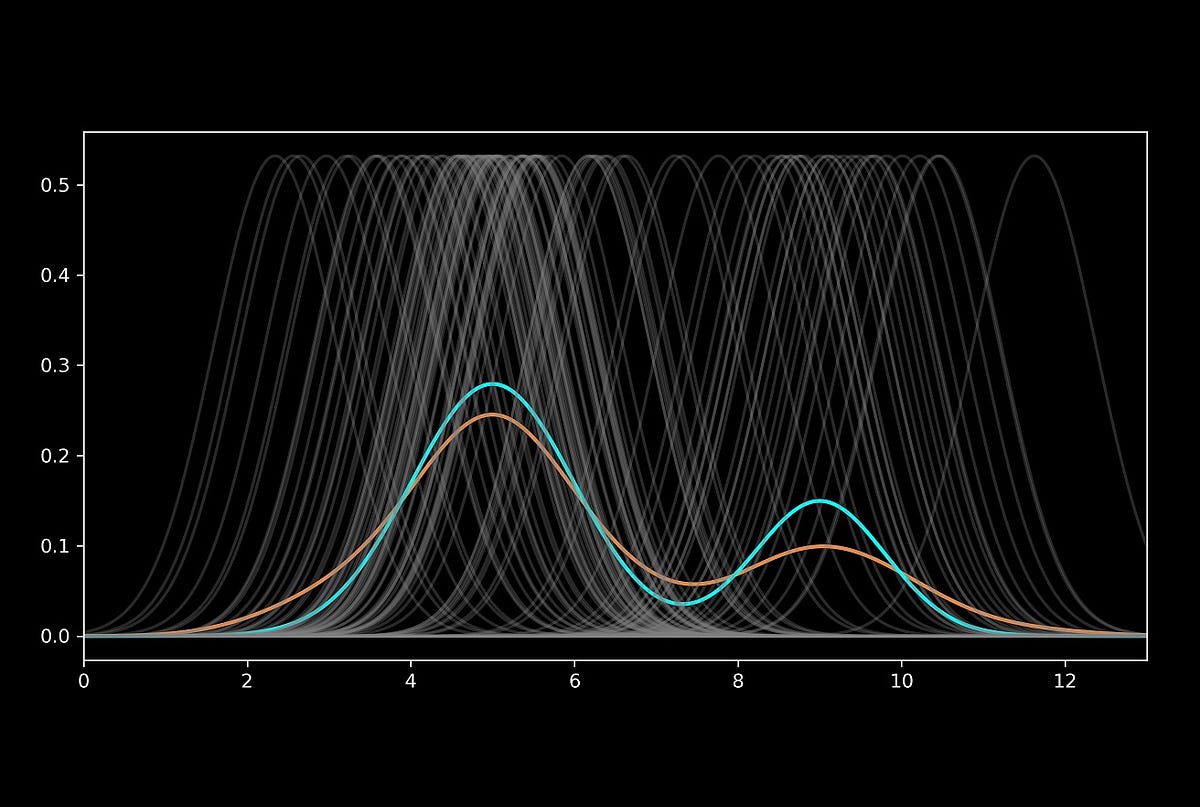GENERATIVE AI A step-by-step tutorial on query SQL databases with human language Image by the author (generated via Midjourney)Many businesses have a lot of proprietary data stored in their databases. If there’s a virtual agent that understands human language and can query these databases, it opens up big opportunities for these businesses. Think of customer…
